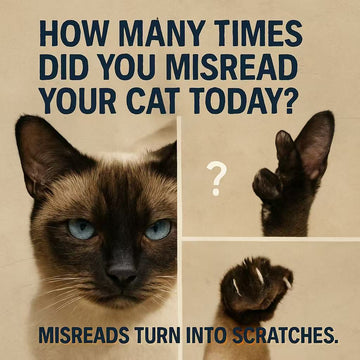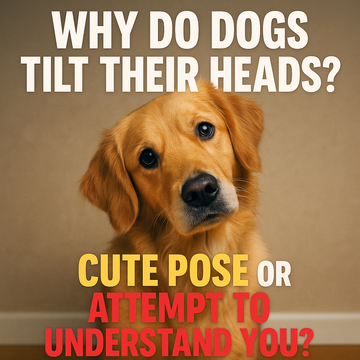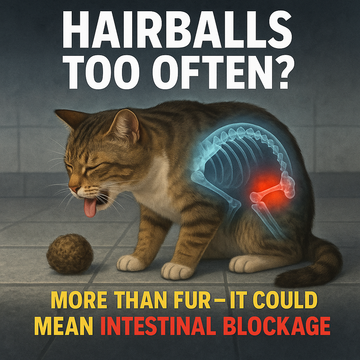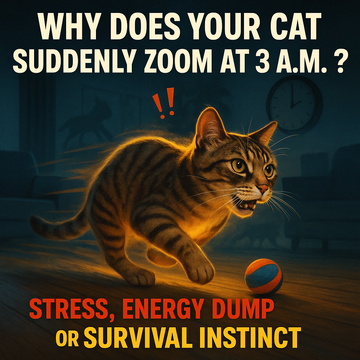1) Ears

• Forward, gently mobile → relaxed/curious; okay to interact.
• Side-to-side radar → scanning/uneasy; lower stimuli, offer choice.
• Half-pinned back → worried/defensive; add distance.
• Fully pinned → high stress/possible escalation; stop touching, step away.
⸻⸻⸻⸻⸻⸻⸻⸻⸻⸻⸻⸻⸻⸻⸻⸻⸻⸻⸻⸻⸻⸻
2) Eyes

• Soft half-closed/slow blink → friendly/trust; slow-blink back.
• Dilated pupils + hard stare → arousal/stress/hunt mode; don’t approach/taunt.
• Squint + gentle head tilt → social/relaxed; soft interaction.
• Unblinking hard stare + tension → conflict risk; end the situation.
⸻⸻⸻⸻⸻⸻⸻⸻⸻⸻⸻⸻⸻⸻⸻⸻⸻⸻⸻⸻⸻⸻
3) Mouth, Whiskers & Face

• Soft mouth, light pant (not heat-related) → relaxed/cooling.
• Lip/nose licks → calming signals; pause petting/play.
• Whiskers relaxed to the sides → at ease; keep it gentle.
• Whiskers forward + tight jaw → hunt/high arousal; use toys, not hands.
• Hiss/growl/snarl → clear warning; stop contact now.
⸻⸻⸻⸻⸻⸻⸻⸻⸻⸻⸻⸻⸻⸻⸻⸻⸻⸻⸻⸻⸻⸻
4) Tail

• Upright tail with a gentle hook → friendly greeting; soft hello.
• Slow, low swish → thinking/uncertain; let them choose.
• Fast thumping/whip-like swish → irritation/overload; pause now.
• Bottlebrush tail → fear/stand-off; back away.
• Tail tucked/wrapped → fear; add distance and hiding options.
5) Topline & Hackles

• Smooth topline, coat flat → calm.
• Piloerection + sideways posture (“Halloween cat”) → high arousal (fear/intimidation); avoid head-on approach.
• Belly-up → could be relaxed or defensive trap; not an automatic belly-rub invite.
⸻⸻⸻⸻⸻⸻⸻⸻⸻⸻⸻⸻⸻⸻⸻⸻⸻⸻⸻⸻⸻⸻
6) Weight Shift & Legs/Paws

• “Loaf” with tucked limbs → safe/relaxed; keep it calm.
• Low crouch + butt wiggle → play/hunt pre-launch; redirect to wand toys.
• Kneading → content/self-soothing; let it be.
• Toes tense + forward lean → tension/pounce prep; don’t use hands as toys.
7) Orientation & Distance

• Head-butt/cheek rub (bunting) → affiliation/scent marking; answer softly.
• Curved, sideways approach → polite; mirror the curve.
• Head-on beeline → rude/threatening; arc in or wait.
• Cornered in doorways → high stress; open an exit.
Unsure? Use the “feline peace trio” — slow down, step back, hit pause. Try the 3-second consent test: pet for three → pause → if they bunt or re-engage, continue; if you get a tail snap/ears pin, that’s a “nope.” Skip head-on approaches—curve in sideways—and play with toys, not your hands. At any hint of dilated pupils + rapid tail swish, fully pinned ears, bottlebrush fur, hiss/growl/swat, sudden freeze, don’t argue—back off. Add distance, let them sniff/hide, and use familiar perches/routines to reset. And yep, don’t punish hisses—that’s the warning system. If this keeps recurring or your gut says “yikes,” call a qualified feline trainer/behavior vet for a DS + CC plan.
We share fresh dog/cat care tips every day—follow us at https://pawcassopet.com/




